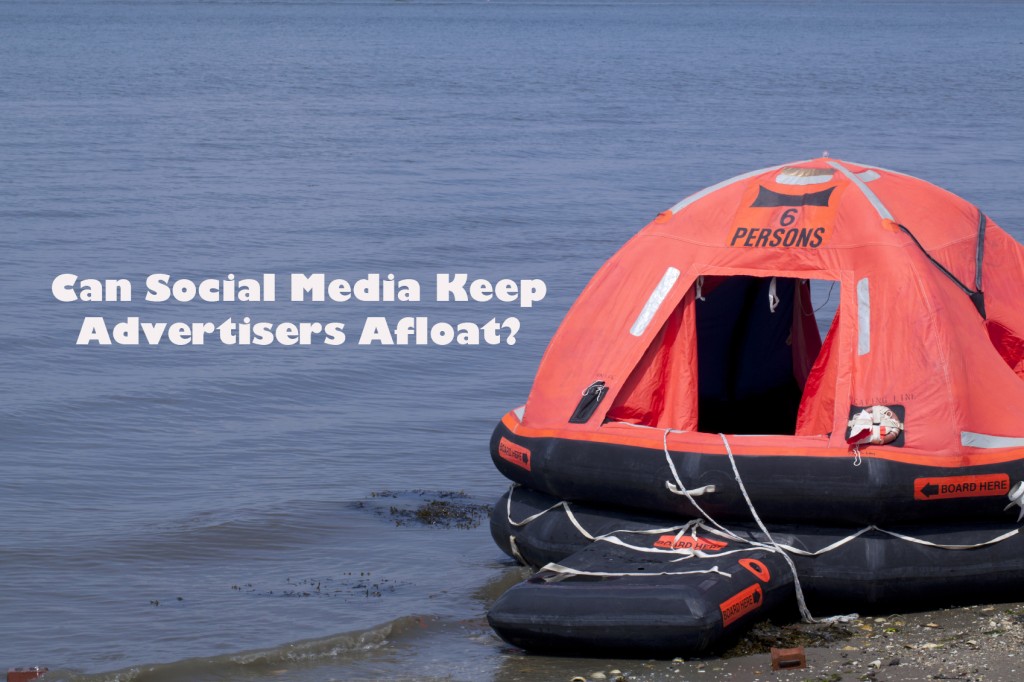

Over the last decade, social media has risen from a few students at select colleges accessing Facebook to a worldwide trend, with each year bringing new platforms and capabilities. While some argue that social media is a fad, it’s impossible to dispute that social media represents a much broader, and extremely important, trend: the fragmenting of traditional media into many non-traditional mediums or, new media.
The trends are staggering. For decades, media consumers (and advertisers), looked to a few sources to gather and deliver information; national network television, local television news, newspapers and radio. But now, for a number of reasons, that’s changing:
1- The Fracturing of Television – the age of a few, powerful television channels is dying. Now, with cable, satellite, Netflix and internet television capabilities, consumers (and advertisers), have hundreds of options for receiving and delivering messages.
2- Technology – new technology has dramatically decreased the effectiveness of television advertising. Specifically, DVR capabilities can be found in nearly half of households, with three-quarters of those indicating that they fast-forward through commercials.
3- The Rise of New Media – whether it’s social media, the creation of new online media channels, or other sources of news and information such as blogs, the amount of content created today is unprecedented. Consumers now expect to customize the news they receive. Because of that, each consumer receives a unique dashboard of information from a number of unique sources.
4- The Internet and Mobile – with consumers spending as much time on the internet and their phones as they do, it is imperative that marketing and advertising efforts include strategies for reaching consumers online and on mobile. More than half of consumers use their mobile phones to go online and nearly a quarter do most of their online browsing using their phones. These numbers continue to climb.
So what does it all mean? It means that reaching consumers with desired messages can be challenging. Instead of the days of purchasing television and radio advertising on key stations in select markets, marketing and advertising efforts must be diversified to reach unique consumers through their unique media consumption habits.
But it’s not a bad thing. While it means constantly being prepared to alter strategies to keep up with rapidly changing mediums and consumers, it provides a new era where brands can build durable consumer relationships. And in a lot of ways, they can do it for less than traditional means.
Social media is part of the first step in the fragmenting of media. Developing a new media strategy is imperative to keep your advertising and marketing strategies effective in this rapidly changing media world.
